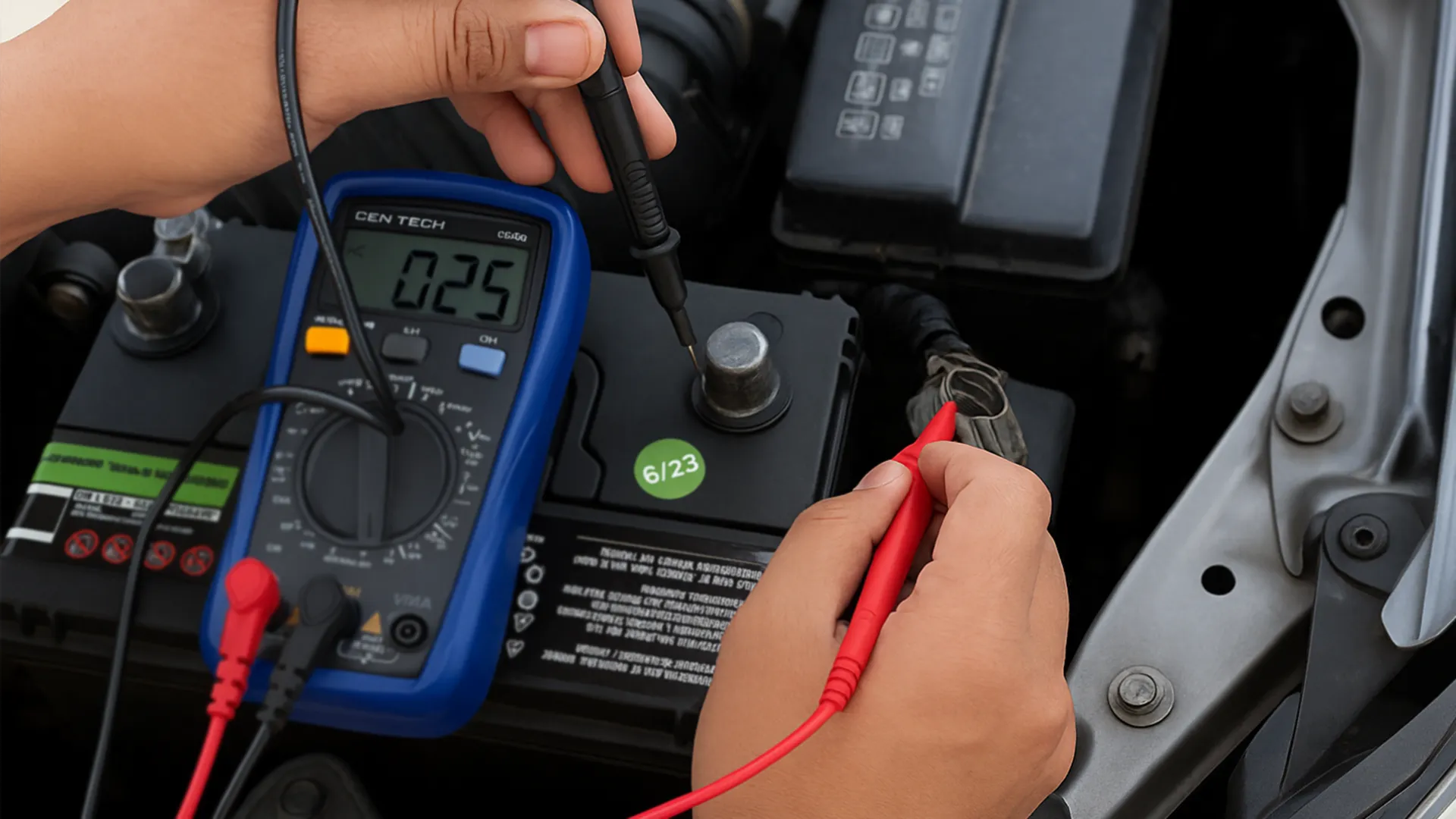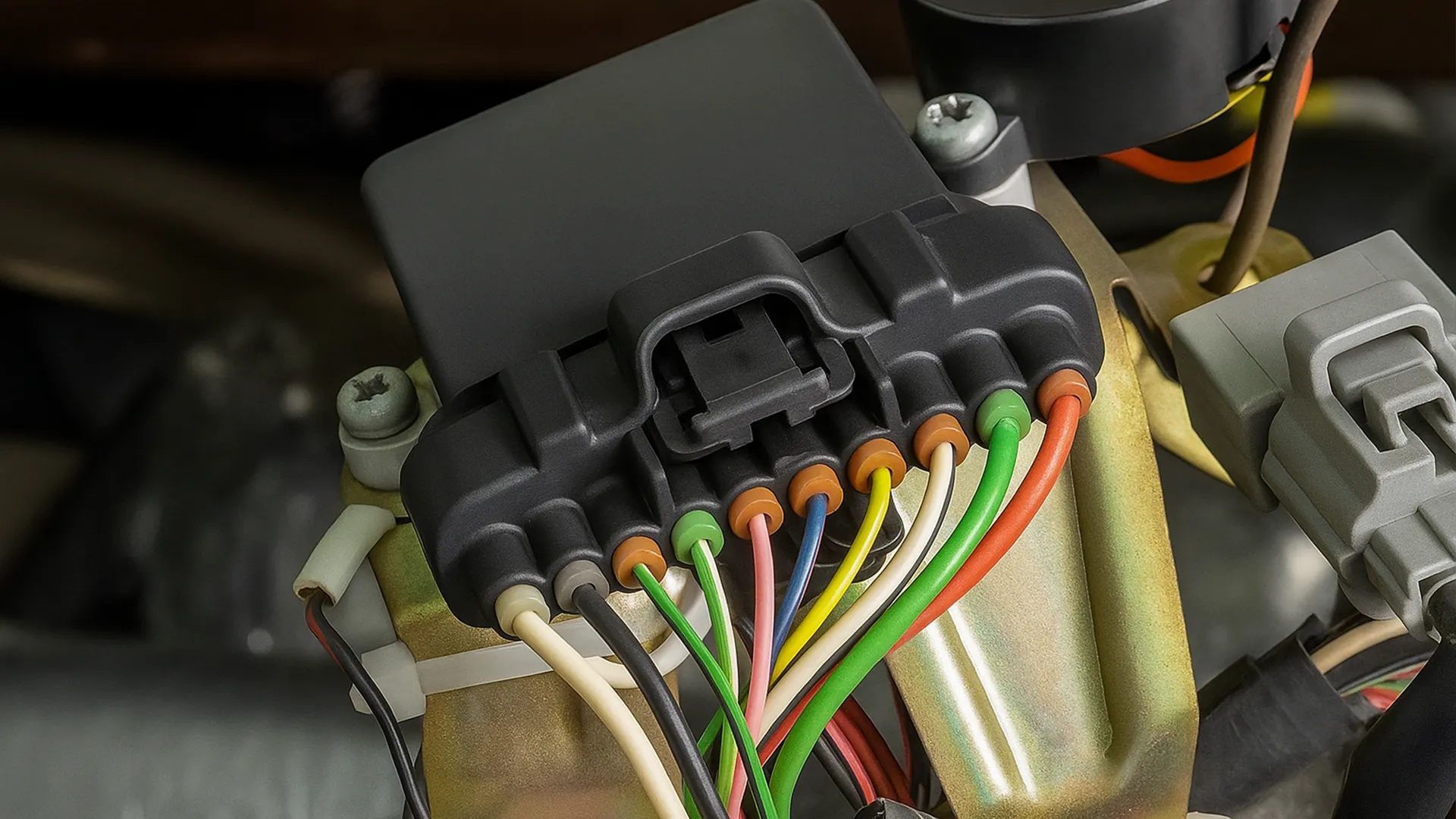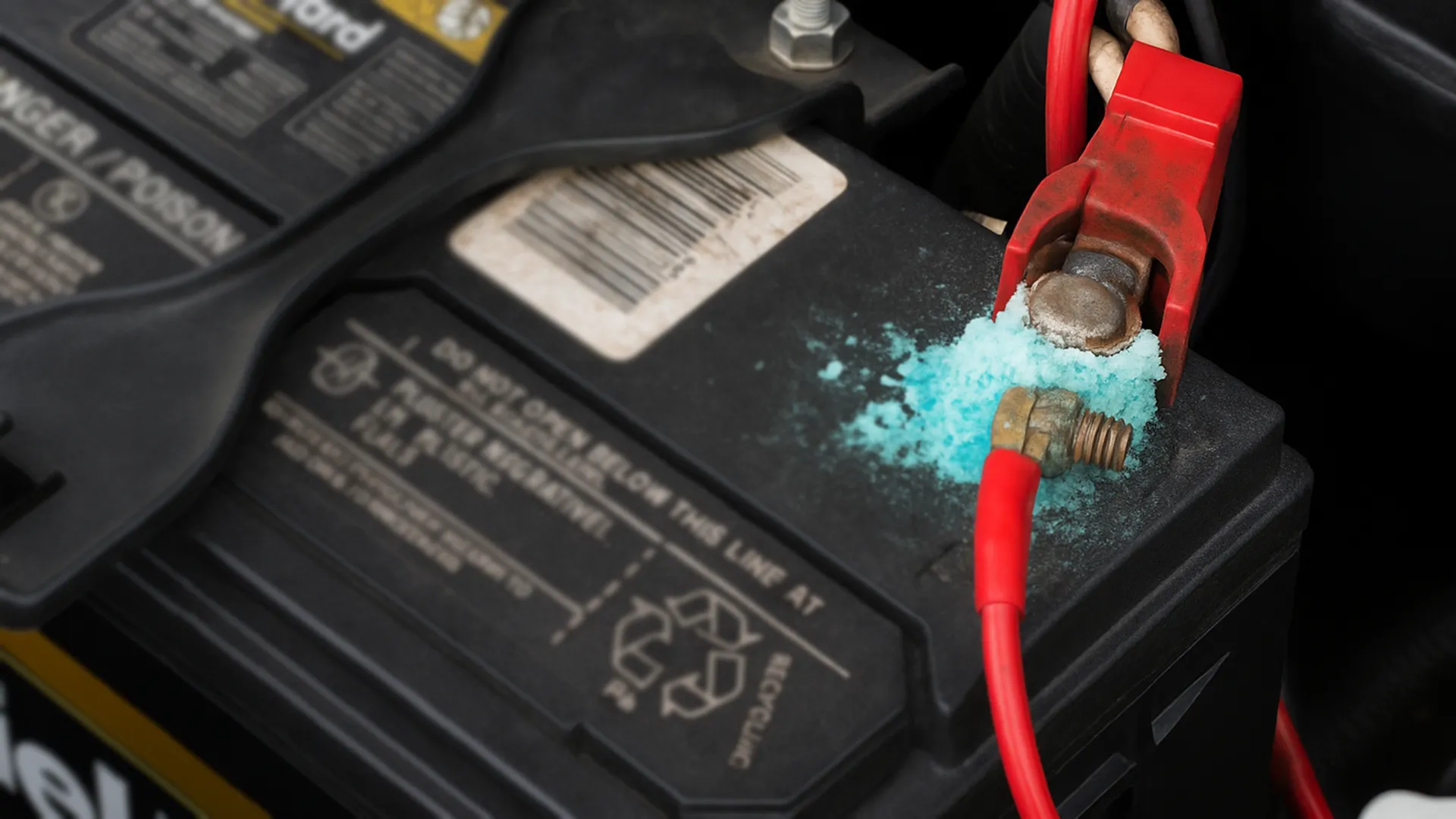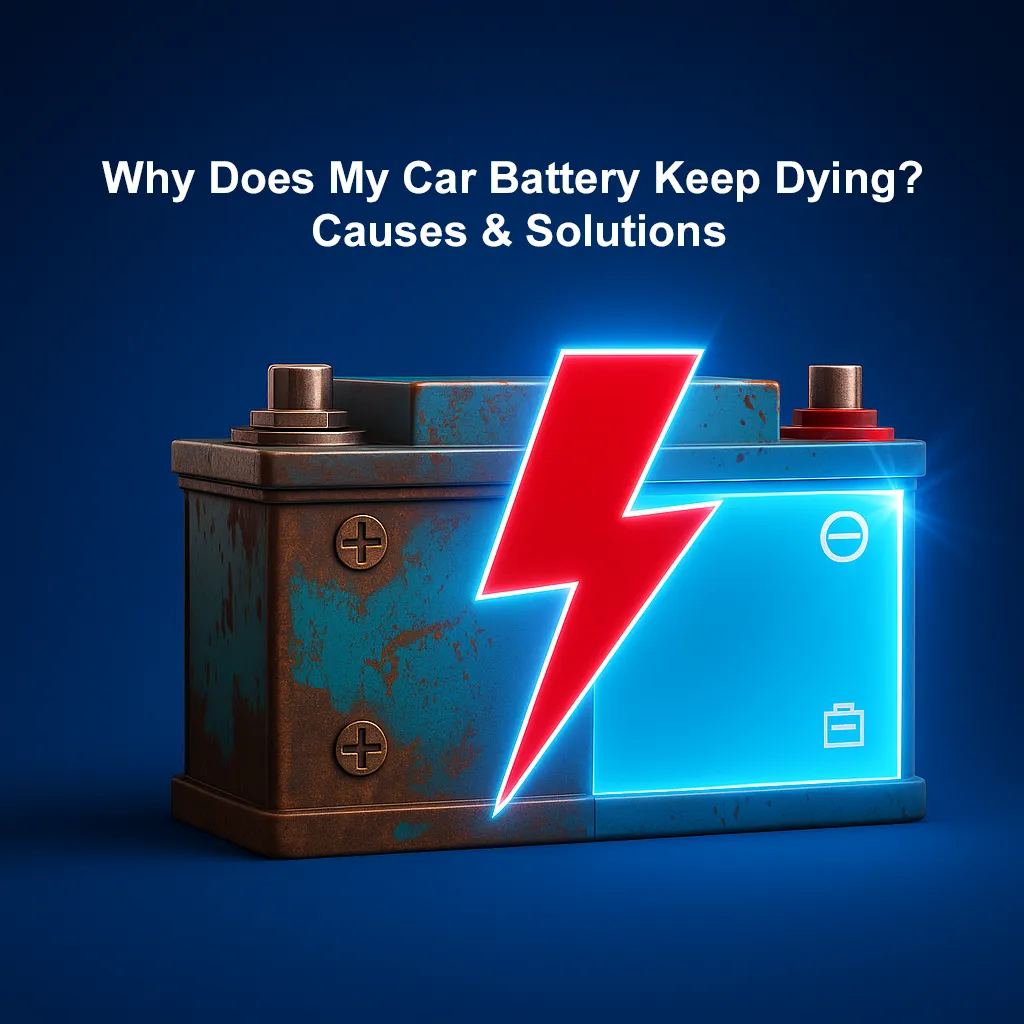A dead car battery can turn a routine day into a frustrating ordeal, especially when it happens repeatedly. Whether it’s a sudden failure to start or a gradual loss of charge, a dying battery often points to underlying issues—ranging from simple habits to complex electrical faults. With car batteries typically lasting 3–5 years, understanding the causes of premature failure is key to avoiding costly replacements and unexpected breakdowns. This article explores the most common reasons for battery drain and offers actionable solutions to keep your vehicle reliable.
1. Leaving Lights or Electronics On
Forgetting to turn off headlights, interior lights, or plugged-in devices like phone chargers is a leading cause of battery drain, especially in older vehicles without automatic shut-off features. Even small electronics can slowly deplete the battery overnight.


Preventive Measures:
- Always check that headlights, dome lights, and accessories are off before leaving the car.
- Unplug chargers, USB devices, or dash cams when the engine is off.
- Consider a battery disconnect switch for older models or a low-current-draw charger for peace of mind.
2. Parasitic Battery Drain
Parasitic drain occurs when electrical components draw power after the car is turned off. While minor draws (e.g., for clocks or security systems) are normal, excessive drain signals a problem, such as faulty wiring or malfunctioning sensors.
Common Causes:
- Stuck relays or door sensors keeping lights on.
- Defective alarm systems or aftermarket electronics.
- Faulty alternator diodes causing unintended current flow.
Solutions:
- Have a mechanic test for parasitic drain using a multimeter (normal draw is typically under 50 mA).
- Inspect and repair faulty components like door switches or wiring harnesses.
- Disconnect the battery’s negative terminal during long-term parking to
- prevent drain.

3. Faulty or Weak Alternator
The alternator recharges the battery while the engine runs. A failing alternator can undercharge the battery, leading to frequent failures or dimming electrical components.
Signs of Alternator Issues:
- Dim or flickering headlights and dashboard lights.
- Battery warning light on the dashboard.
- Sluggish performance of power windows, radio, or climate controls.
Recommended Actions:
- Test the alternator at an auto shop.
- Replace a faulty alternator promptly to avoid battery damage.
- Check the alternator belt for wear or looseness during routine maintenance.

4. Extreme Temperatures
Temperature extremes wreak havoc on batteries. Cold weather slows chemical reactions, reducing starting power (batteries lose approximately 35% capacity at 0°F). High heat accelerates fluid evaporation, damaging internal components.
Protective Measures:
- Park in a garage or shaded area to moderate temperature exposure.
- Use a battery insulation blanket in cold climates.
- Check battery fluid levels (for non-sealed batteries) and top off with distilled water as needed.
5. Corroded or Loose Battery Connections
Corrosion or loose connections at the battery terminals can disrupt charging and power delivery, leading to starting issues or complete failure.
Maintenance Tips:
- Inspect terminals for white, powdery corrosion or loose cables.
- Clean terminals with a baking soda–water solution (1:1 ratio) and a wire brush.
- Tighten connections and apply anti-corrosion gel for long-term protection.

6. Aging or Worn-Out Battery
Most car batteries last 3–5 years, depending on usage, climate, and quality. As batteries age, their ability to hold a charge diminishes, increasing the risk of failure.
How to Check:
- Look for the manufacturing date on the battery.
- Test the battery’s voltage (a healthy battery reads approximately 12.6V when off).
- Replace batteries older than 3 years showing signs of weakness.
Tips:
- Choose a battery matching your vehicle’s specifications (check the owner’s manual).
- Opt for reputable brands with warranties for reliability.
7. Short Trips or Infrequent Driving
Short drives (<15 minutes) don’t allow the alternator to fully recharge the battery, while extended parking periods lead to natural discharge. This is especially common in urban settings or with rarely driven vehicles.
Preventive Strategies:
- Take longer drives (20–30 minutes) weekly to recharge the battery fully.
- Use a trickle charger or battery maintainer for vehicles parked for weeks.
- Avoid frequent short trips, when possible, to maintain battery health.
Conclusion
A persistently dying car battery is a warning sign that demands action. From simple oversights like leaving lights on to complex issues like alternator failure, identifying the cause is the first step to reliable vehicle performance. Regular maintenance—checking connections, monitoring driving habits, and testing electrical systems—can extend battery life and prevent costly breakdowns. By addressing these common issues proactively, you’ll keep your car running smoothly and avoid the frustration of a dead battery.
FAQs: Why Does My Car Battery Keep Dying?
References
1. Pavlov, D. (2017). Lead-Acid Batteries: Science and Technology (2nd ed.). Elsevier.
ResearchGate
2. Lam, L. T., Louey, R., Haigh, N. P., et al. (2007). “VRLA Ultrabattery for high-rate partial-state-of-charge operation.” Journal of Power Sources, 174, 16–29.
ResearchGate
3. Buchmann, I. (2016). Batteries in a Portable World: A Handbook on Rechargeable Batteries for Non-Engineers (4th ed.). Cadex Electronics.
Amazon Books
4. Rand, D. A. J., Moseley, P. T., Garche, J., & Parker, C. D. (Eds.). (2010). Valve-Regulated Lead-Acid Batteries. Elsevier.
ScienceDirect/Elsevier
5. Linden, D., & Reddy, T. B. (Eds.). (2002). Handbook of Batteries (3rd ed.). McGraw-Hill.
6. Battery Council International (2024). “Battery Performance in Extreme Temperatures.” Technical report.
Battery Council

